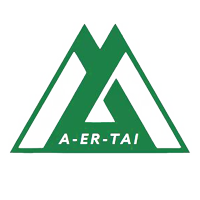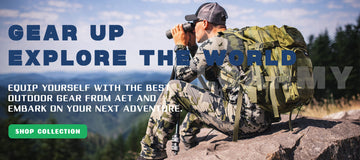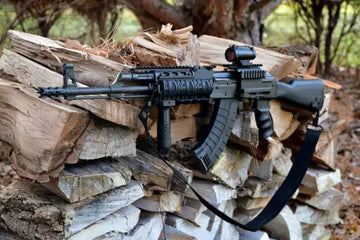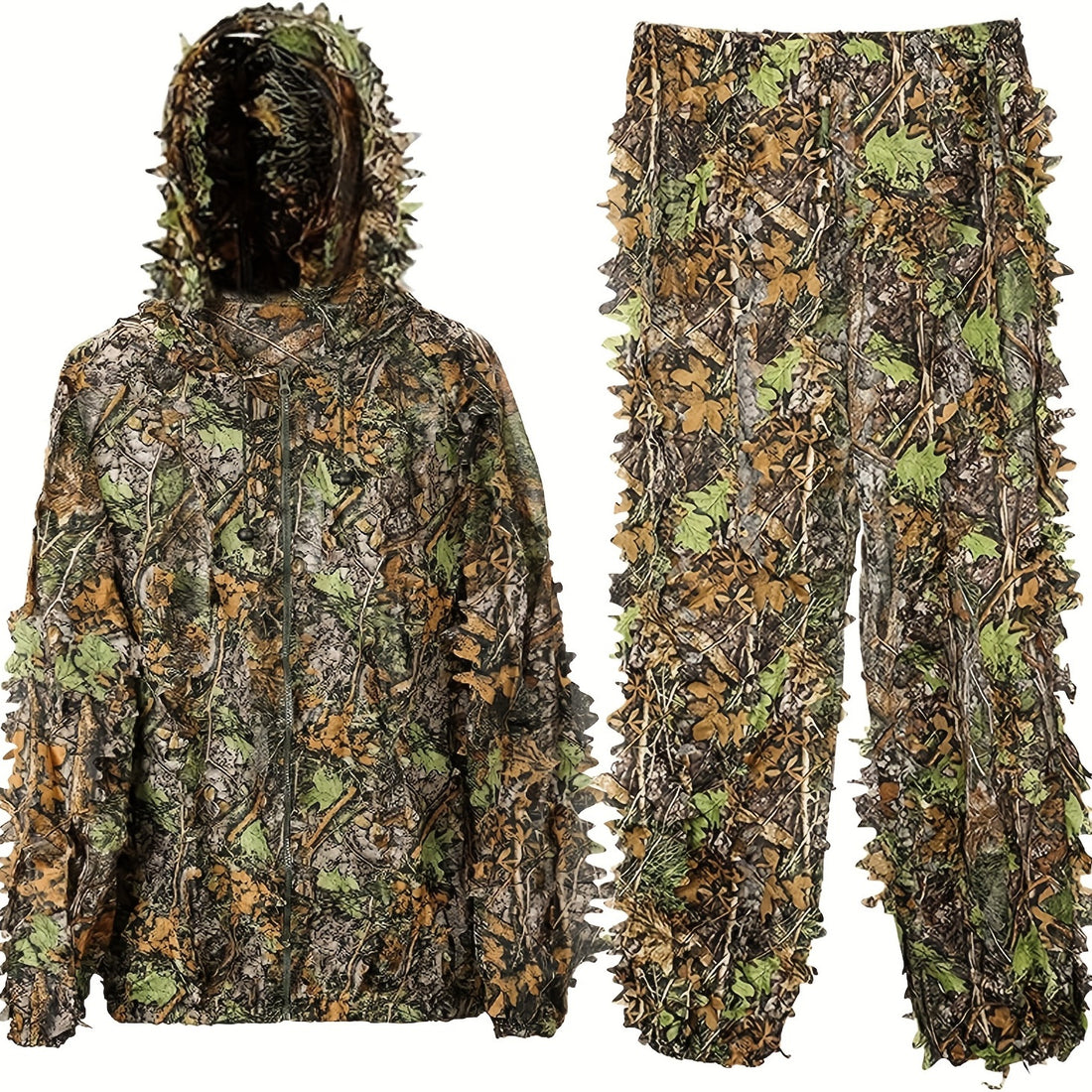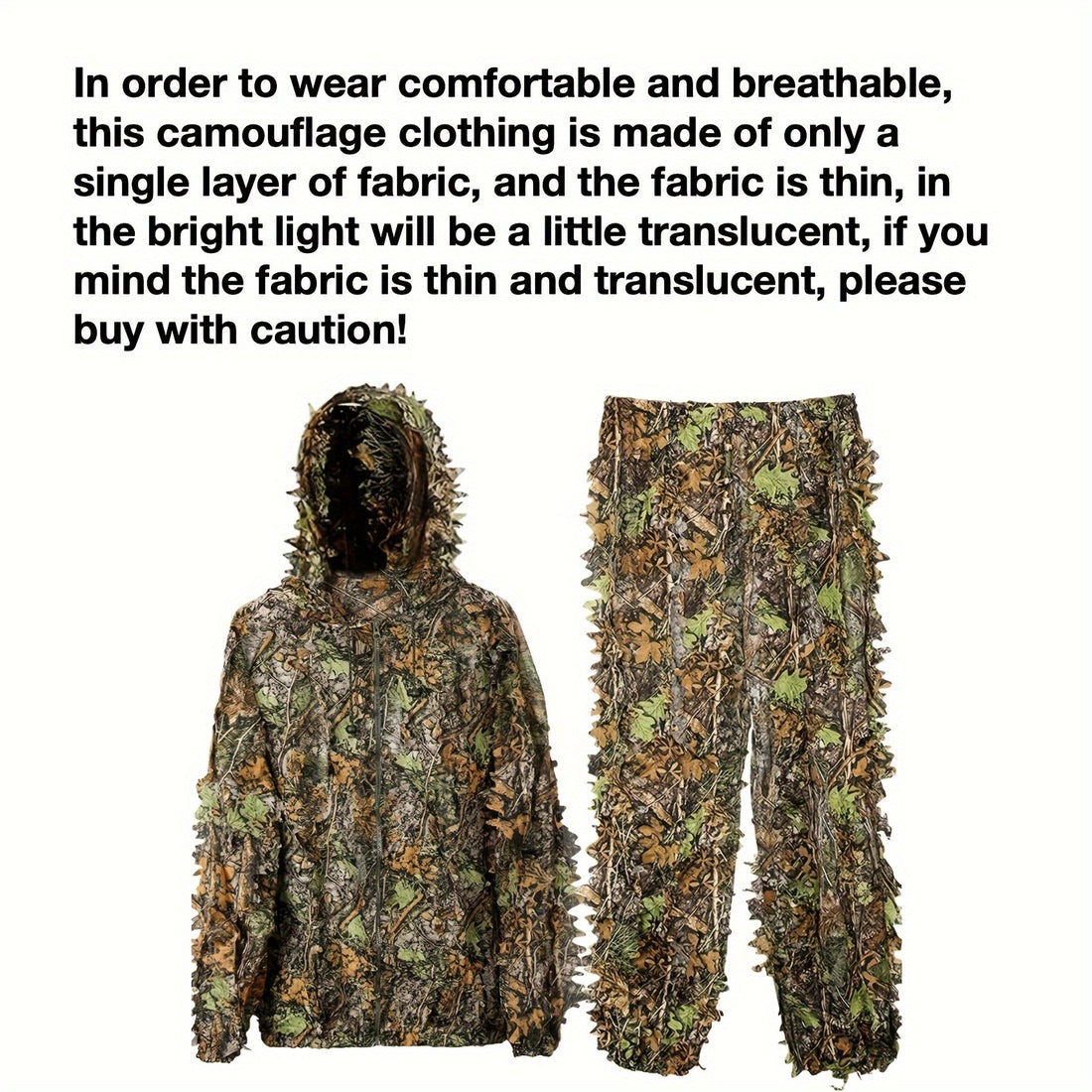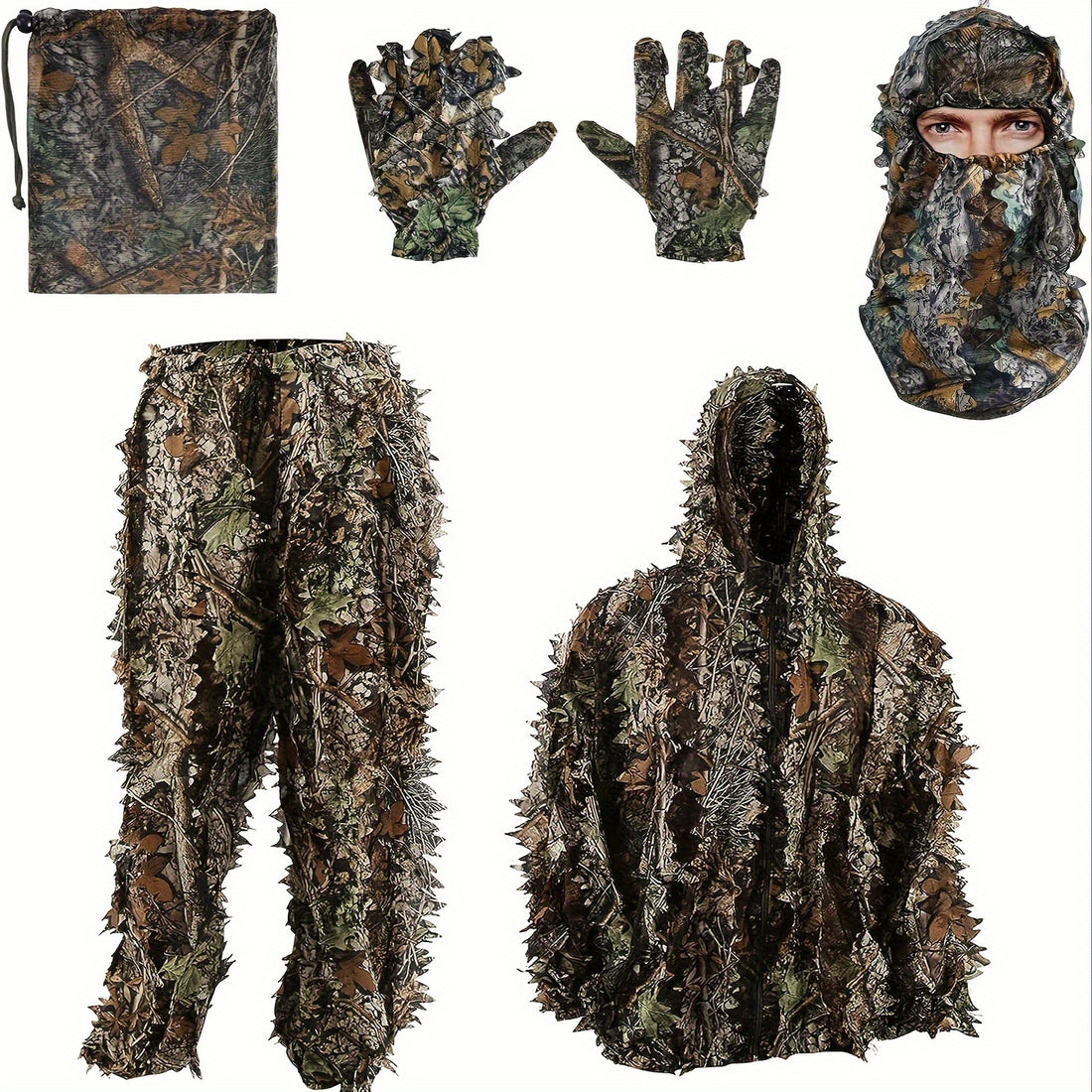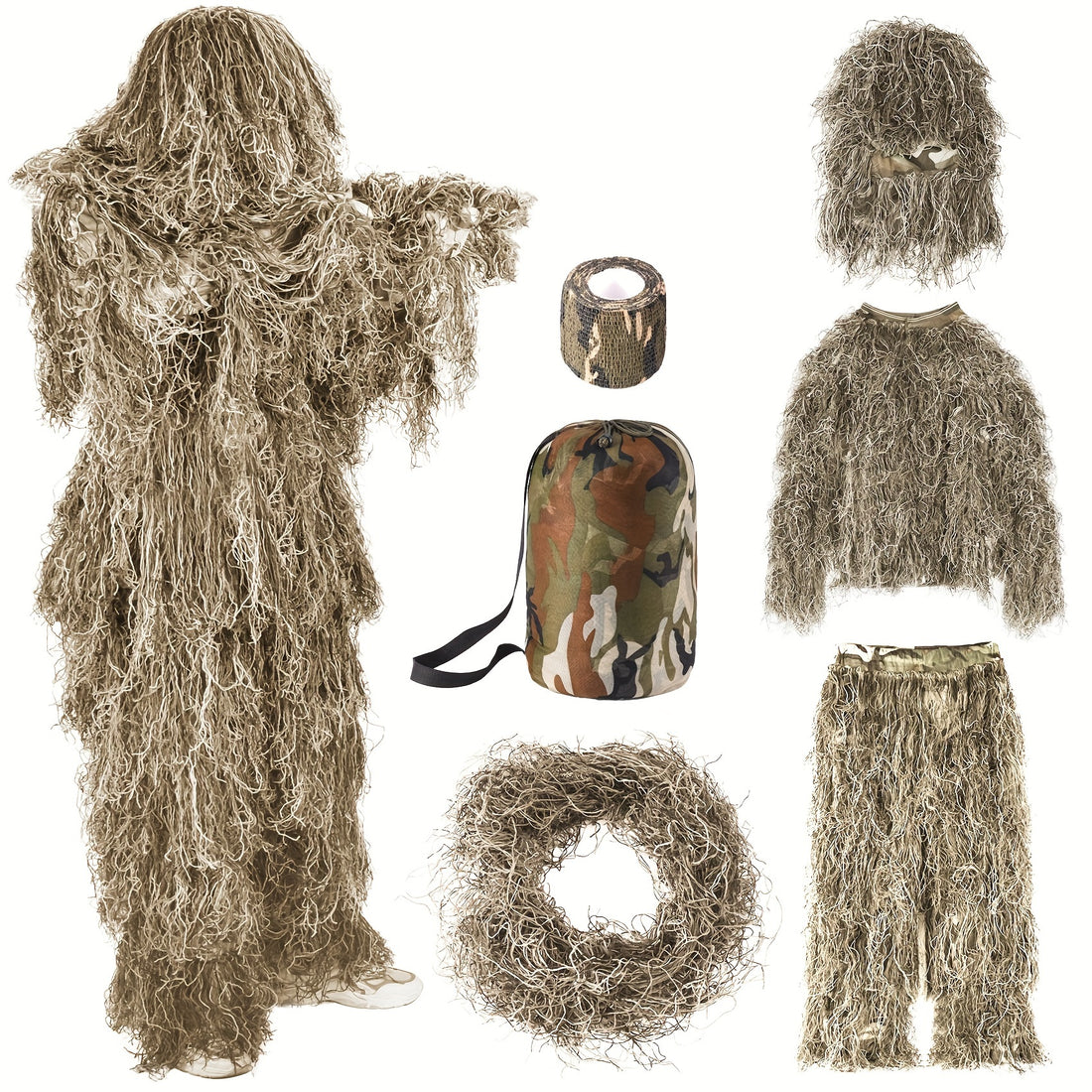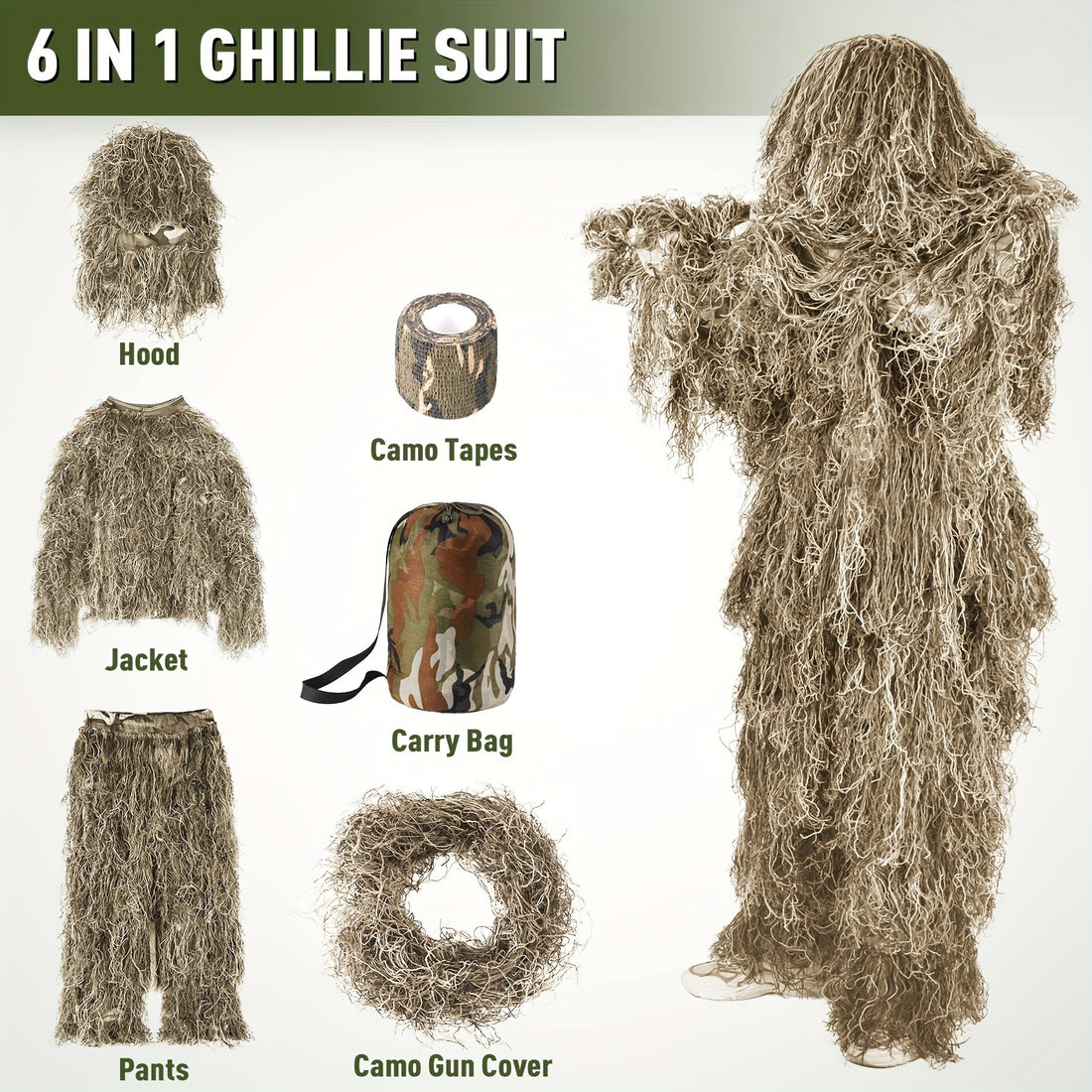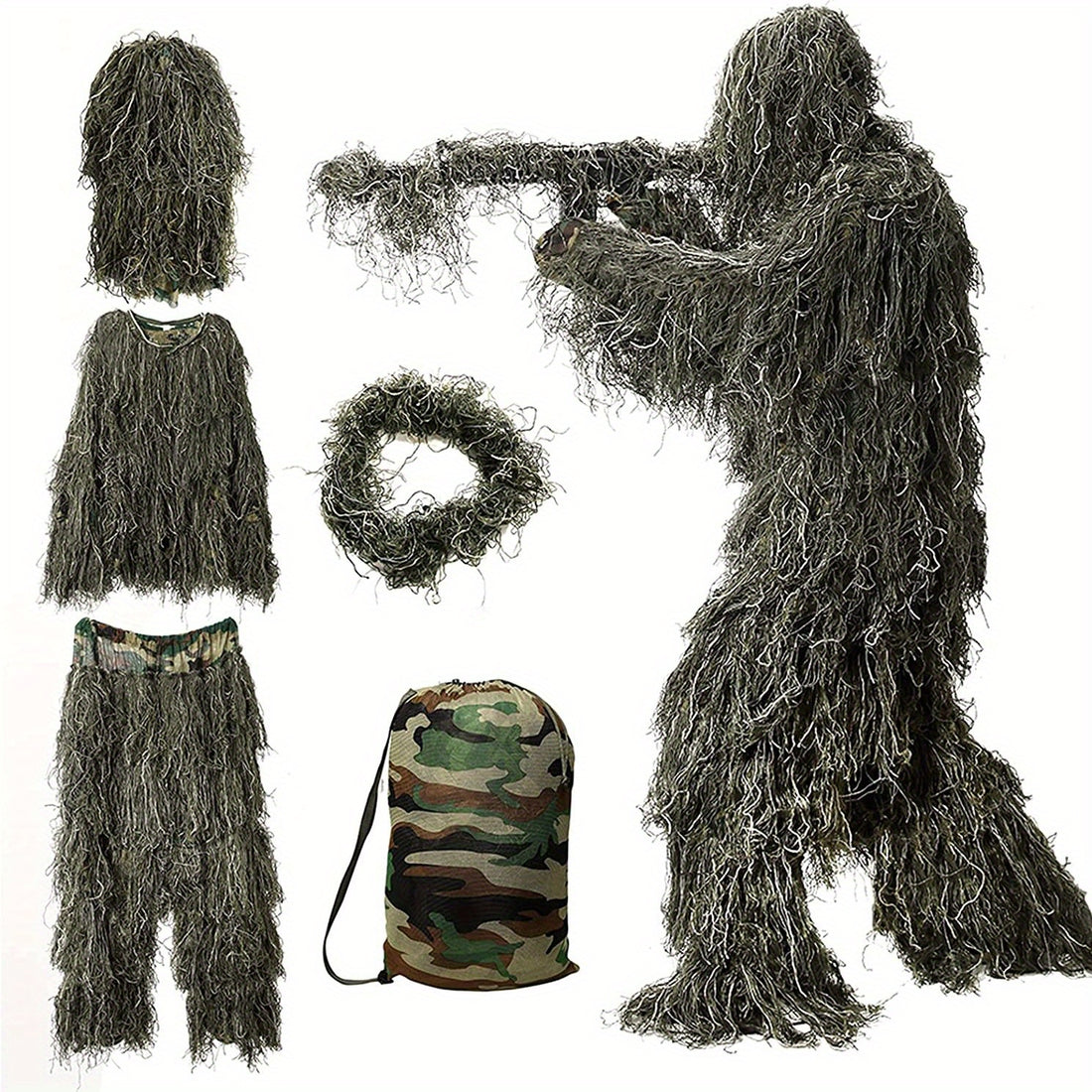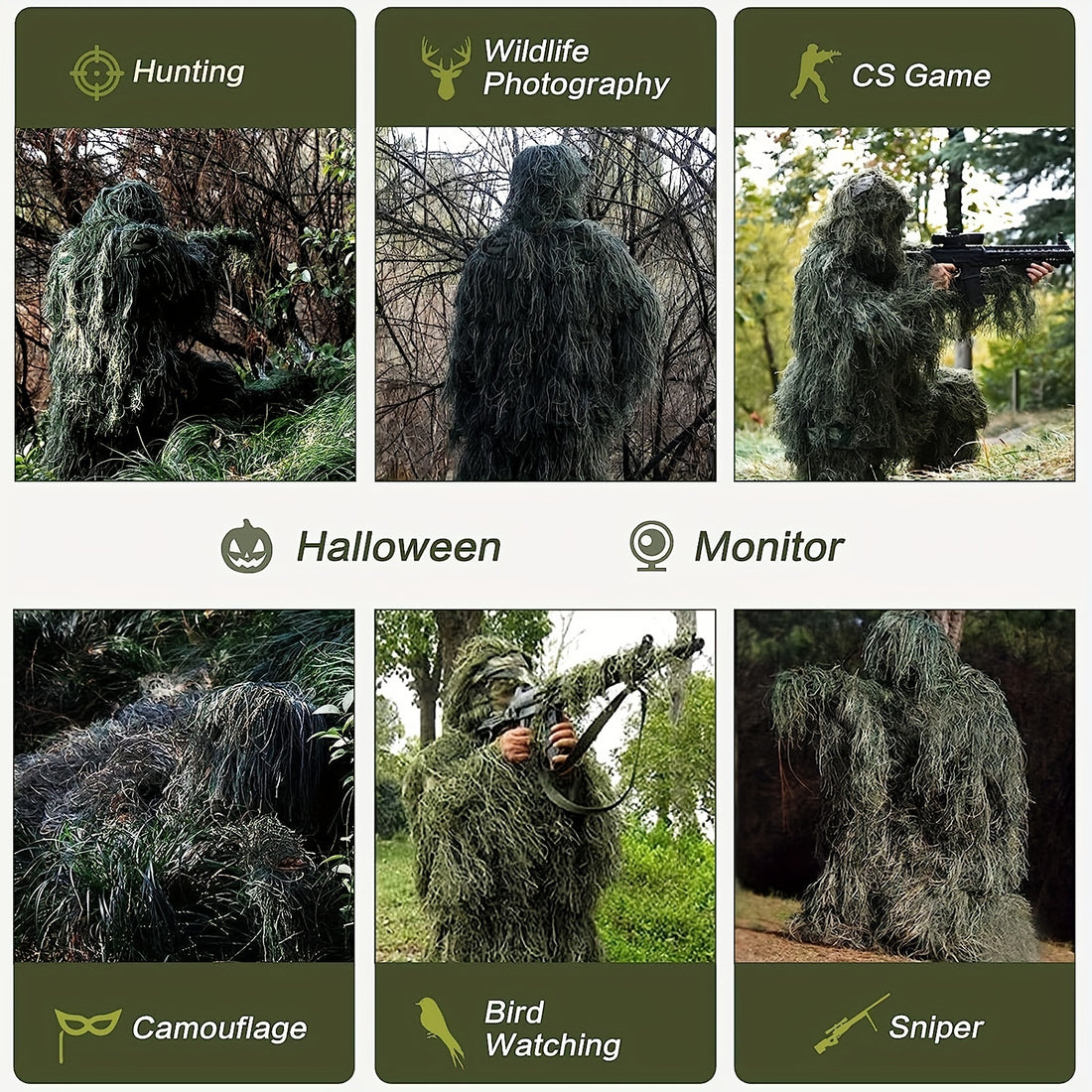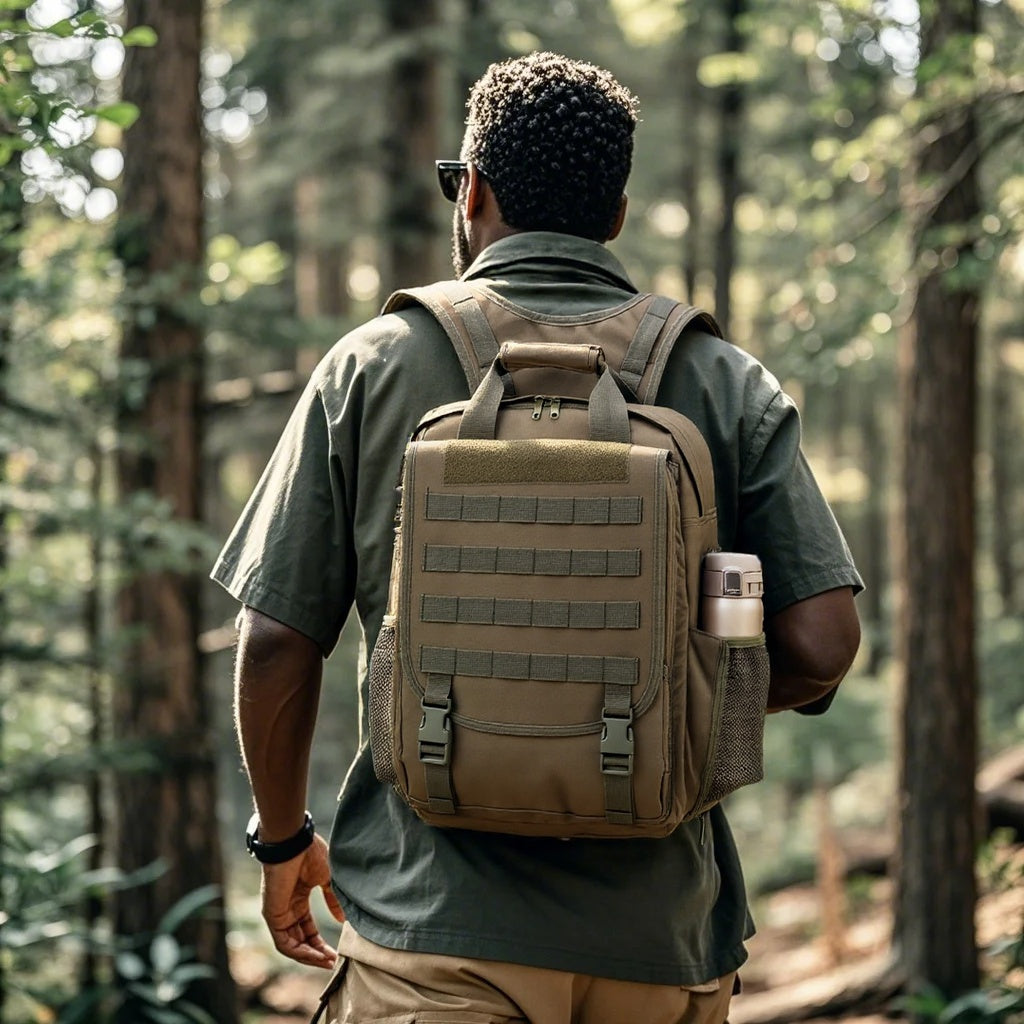A well-configured plate carrier boosts comfort, mobility, and effectiveness in tactical scenarios, whether for military, law enforcement, or civilian use.
This guide simplifies the process of setting up your plate carrier, focusing on practical steps to balance protection, accessibility, and ease of use. We’ll cover gear placement, role-specific configurations, and tips to optimize your setup without clutter.
Core Setup Principles
To create an effective plate carrier setup, prioritize these principles:
-
Protection: Position armor plates to shield vital organs without limiting movement.
-
Accessibility: Place essential gear where you can reach it quickly, especially with your dominant hand.
-
Balance: Distribute weight evenly to reduce fatigue.
-
Comfort: Adjust fit and add padding for long-term wear.
- Adaptability: Tailor your setup to your mission or environment.
Regular testing through movement and drills ensures your setup performs under pressure.
1. Position Your Armor Plates
Proper plate placement is critical for safety and mobility.
-
Front Plate: Align the top with your sternal notch (the dip at the base of your neck) and the bottom to cover your upper abdomen. This protects your heart and lungs.
-
Back Plate: Set it to cover your shoulder blades for spinal protection.
- Fit: Ensure plates fit snugly in the carrier. Opt for multi-curve plates for better ergonomics.
Choose plates based on your needs:
Level III: Lightweight for mobility, suitable for civilians or low-threat scenarios.
Level IV: Maximum protection for high-threat environments, ideal for military or SWAT.
Check the manufacturer's specifications to confirm plate compatibility with your carrier.
2. Organize Your Gear
Arrange gear for quick access and functionality, keeping the setup streamlined.
Front: High-Priority Items
The front panel is for the gear you need immediately.
-
Magazines: Secure 2–4 magazines in the center for fast reloads. Retention systems, like those from Magpul, ensure reliability.
-
Communication: Place a radio on the side to avoid cluttering the center. Keep antennas clear of movement.
- Secondary Items: If using a pistol, position 1–2 pistol magazines on the outer edge. A small general-purpose pocket can hold maps or gloves.
Sides: Support Gear
Side panels hold items used less frequently but still critical.
-
Medical Kit: Equip an IFAK with a tourniquet, bandages, and chest seals. Position it for access with either hand. Compact kits from North American Rescue are effective.
-
Utility Items: Store tools, extra ammo, or mission-specific gear on the opposite side for balance.
- Specialized Gear: For missions requiring grenades (e.g., smoke or flashbangs), secure them here to keep the front clear.

Back: Sustained Operations
The back panel is for items that support longer missions.
-
Hydration: A 2–3-liter hydration bladder provides water without hand use. Choose insulated options for temperature control.
-
Extra Storage: A detachable bag or assault pack can hold clothing or additional supplies. Ensure it has quick-release features.
- Mission Tools: For breaching roles, secure tools like bolt cutters in a holder for easy access.
3. Setup for Different Situations
Different situations call for different plate carrier configurations to get the most out of them and be able to adapt. Here are some setups that are tailored to different environments.
a. Minimalist Plate Carrier Setup (Speed-Focused)
For fast-paced missions:
- Plates: Lightweight Level III plates. Look for plates made from materials like polyethylene or ceramic composite.
-
Gear: 2–3 magazines with elastic retention, compact IFAK with essentials, single radio, 1.5-liter hydration bladder.
- Use Case: Reconnaissance, urban tasks, or civilian defense where agility is critical.
b. Special Forces Plate Carrier Setup (High-Threat)
For versatile, high-risk operations:
- Plates: Level IV with anti-spall coating.
-
Gear: At least 4–6 magazines for sustained engagements, advanced IFAK (with airway tools, clotting agents), dual radios for redundancy, grenades, tools, 3-liter hydration bladder.
- Use Case: Prolonged missions with heavy combat potential.
c. Law Enforcement Plate Carrier Setup
For police duties:
- Plates: Level III or IIIA with trauma pads.
-
Gear: 2–3 magazines, basic IFAK for trauma, single radio, body camera, handcuffs, flashlight, OC spray or baton.
- Use Case: Patrol, crowd control, or rapid response, compliant with departmental rules.
d. Tactical Plate Carrier Setup
For tactical scenarios like SWAT operations or security details, a more robust setup is necessary. This configuration should handle a variety of situations.
- Plates: Level IV plates for high-threat environments. Consider plates with spall coating to reduce fragmentation.
- Mag Pouches: 4-6 magazines to handle prolonged engagements. Use secure retention systems to prevent mag loss.
- IFAK: Advanced medical supplies for immediate care, including airway management tools and hemostatic agents.
- Radio: Secure, encrypted communication devices. Ensure redundancy with backup radios.
- Breaching Tools: Attach pouches for small breaching tools like a sledgehammer, bolt cutters, or a Halligan tool. Ensure they are securely fastened to prevent movement.
- Hydration: A durable hydration system for extended missions. Consider insulated hydration bladders to keep water cool.
- Flashbang and Smoke Grenades: For disorientation and concealment. Use secure pouches with quick-release mechanisms.
This setup provides versatility and readiness for various tactical operations. It ensures that all essential tools are at your disposal without compromising mobility.
e. Civilian Plate Carrier Setup (Emergency Preparedness)
Civilians preparing for emergencies or home defense need a setup that is practical and easy to manage.
- Plates: Level III plates for a balance of protection and weight.
-
Gear: 2–3 magazines with simple retention, basic IFAK, phone or small radio, flashlight, multi-tool, spare ammo.
- Use Case: Quick deployment for personal safety or emergencies.
This setup ensures civilians can react quickly to threats while maintaining a manageable loadout. It's designed to be ready at a moment's notice and provide peace of mind.
4. Optimize for Performance
Balance Weight
Uneven weight causes fatigue. To avoid this, ensure your load is evenly distributed. Check that your magazines, pouches, and other gear don't pull your carrier to one side.
Quick-Release Features
Consider adding quick-release buckles for emergencies, like shedding the carrier in water.
Prioritize Comfort
-
Fit: Adjust shoulder straps and cummerbund for a snug, breathable fit.
-
Padding: Add padded shoulder covers or a cummerbund for long missions. Brands like Crye Precision offer ergonomic options.
- Ventilation: Choose carriers with mesh linings to reduce heat.
Additional Tips
- Dominant Hand: Position the critical gear for your dominant hand.
- Color Coding: Use colors (e.g., red for medical) to identify items quickly.
- Gear Check: Before any mission, double-check that all pouches are secure, zippers are closed, and nothing is loose.
- Training: Practice drawing magazines, using medical gear, and moving with your loadout. The more familiar you are with your setup, the more efficient you'll be in real situations.
Test and Refine Your Setup
Once you have everything in place, test your plate carrier in realistic conditions—run, crouch, and access gear.
Adjust placement or remove non-essential items to improve efficiency. Regular practice keeps your setup reliable as your needs evolve.
Check out our plate carrier collection
Conclusion
A well-planned plate carrier setup enhances protection, accessibility, and comfort. By positioning armor plates correctly, organizing gear thoughtfully, and tailoring to your role, you'll be well-prepared for any situation.
FAQs on Plate Carrier Setup
Q. How Many Mags Should Be on a Plate Carrier?
A: 3–6, depending on mission length and threat level. Civilians typically need 2–3..
Q. How Far Down Should a Plate Carrier Be?
A: The front plate should start at the sternal notch and cover the upper abdomen, protecting vital organs without limiting mobility
